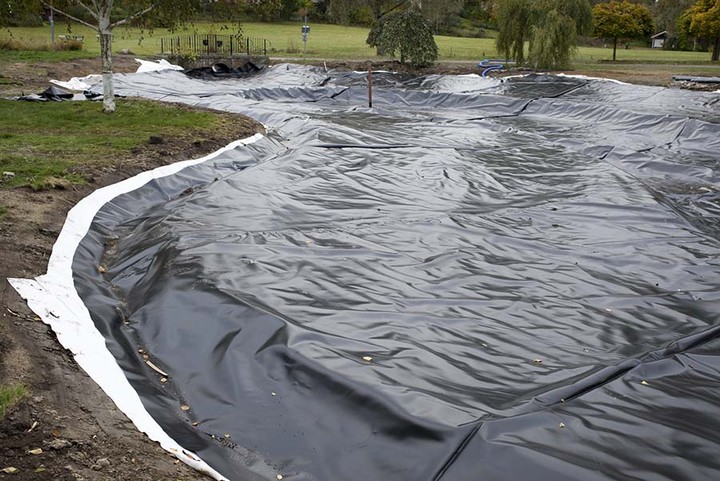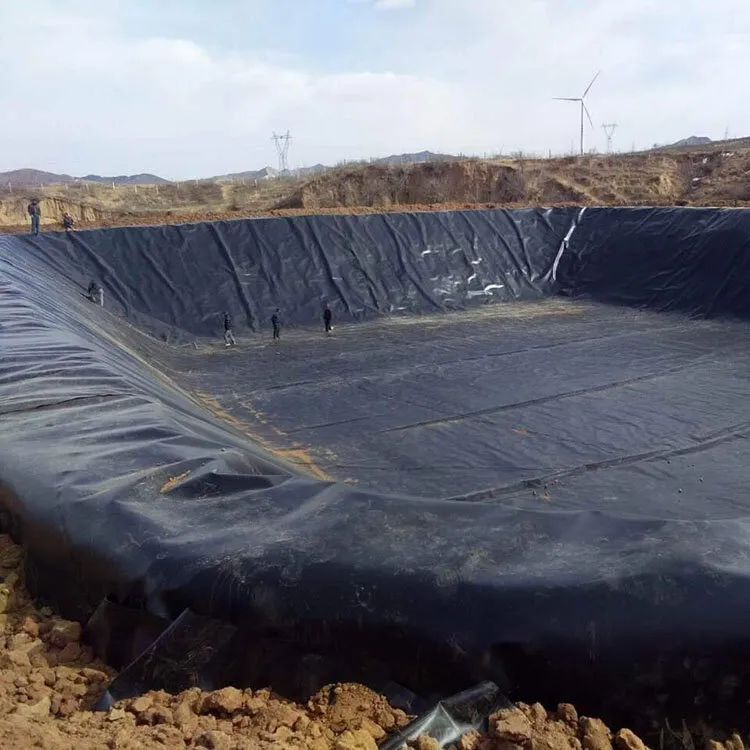Environmental protection has become an urgent task in the evolving mining landscape. Although it is necessary to carry out mining activities in order to obtain valuable resources, it usually becomes a serious threat to the environment, e.g., soil pollution, water pollution, and ecosystem ruin. Geomembranes, because of their unique properties and wide application, have become a creative solution for countering these environmental issues. This essay is going to talk about how geomembranes can change mining environmental protection tasks.
The Environmental Challenges of Mining
Soil and Water Pollution
Mining activities involve the digging and processing of huge amounts of minerals, something that allows poisonous material to escape into the environment. Heavy metals such as lead, mercury, and cadmium, as well as chemicals such as cyanide and sulfuric acid used by the mining activity, can leach into the soil and contaminate water bodies. Acid mine drainage contaminates land and lowers the fertility, affecting plant life and regional ecosystems. Contaminated water sources not only endanger aquatic life, but also endanger the security of surrounding communities that use such water sources for consumption and other ordinary day-to-day activities.
Ecological Damage
Mass mining most often causes natural environments to be destroyed. Trees are cut when opening the mines, and millions of plant and animal species lose their habitats. The removal of vegetation also exposes the surface to erosion since there are no plant roots to hold the ground. This will be expected to lead to siltation in the surrounding rivers and lakes, further lowering the water quality as well as harming aquatic habitats. Noise and dust resulting from mining activities will also be anticipated to negatively impact wildlife and human health in the surrounding area.
Understanding Geomembranes
Definition and Composition
Geomembrane is an impermeable, thin sheet of artificial materials such as HDPE, LDPE or PVC. They are selected for they possess better chemical resistance, long life, and low liquid and gas permeability. Extrusion, calendaring, or casting is the production method, which eventually results in a leak-free solid membrane that can be produced in any desired thickness, width, and length based on the individual needs of different projects. Among them, geomembrane HDPE is widely used.
Key Features
One of the most distinctive features of geomembranes is their impermeability. Such a feature makes them of great value in preventing the leakage of contaminants in waste storage facilities of mine operations. Geomembranes are also resistant to chemicals and able to withstand the corrosive chemicals present in mining environments. They are UV stable and maintain their performance even if they are exposed to sunlight for extended durations. Their flexibility and ease of installation add to their usefulness in a range of mining uses.

Applications of Geomembranes in Mining Environmental Protection
Tailings Management
Tailings are residual waste remaining after minerals of value are extracted from ore. They usually contain a large number of toxic substances and are typically stored in large tailings dams or ponds. Geomembranes are widely used to line the bottom and sides of such storage facilities in tailings management. By providing an impermeable barrier, geomembranes exclude contaminated water from seeping from the tailings into the ground and environment. This not only protects the environment, but also reduces the potential for tailings dam failure, which has ruinous consequences for local communities and ecosystems.
Waste Rock Disposal
Waste rock is worthless rock extracted during the mining process and can also pose environmental hazards unless properly disposed of. Geomembranes are laid over waste rock dumps to prevent heavy metals and other pollutants from leaching into the ground. Geomembranes are also utilized beneath waste rock dumps to serve as a barrier against downward pollutant movement. This helps protect the soil and groundwater resources below, and minimizes the waste rock disposal long-term environmental impact.
Water Management
Water is used in mining operations for different purposes like dust suppression and mineral processing but may become contaminated by mining industry waste. Geomembranes are now being used in water management systems and are being installed in reservoirs, ponds, and channels to prevent contaminated water from seeping into the earth. They can also be utilized for the creation of artificial wetlands which can be used to purify and treat water that has been contaminated by naturally occurring mining. Geomembranes are important in order to prevent environmental impacts of mining through efficient management of water.
Benefits of Using Geomembranes in Mining
Environmental Protection
The greatest advantage of using geomembranes in mining is the great extent of environmental pollution reduction. By preventing leakage of pollutants, geomembranes save soil, water and air quality, guaranteeing ecosystem and community health. They also guarantee safeguarding of biodiversity, reduce the destruction of natural habitats and the impact of mining on wildlife.
Cost-effectiveness
Although the initial expense of geomembranes may be higher, they can assist in saving money in the long run. They are so enduring and need such minimal maintenance that they may be used for decades without having to be replaced frequently. By preventing the environment from pollution, geomembranes also allow mining companies to avoid expensive fines along with legal requirements for environmental degradation. The proper management of mine waste using geomembranes can also assist in reducing expensive clean-up charges in the future.
Regulatory Compliance
With tightening environmental regulations across the world, mining organizations have a greater responsibility to become sustainable. The use of geomembranes in mines assists the organizations in complying with these regulations and adhering to environmental protection measures.
Conclusion
Geomembranes have developed as a powerful and efficient means of environmental protection in mining. Because of their distinctive features and wide usage, geomembranes are priceless to address environmental issues in mining. From water preservation to the management of tailings, geomembranes are the solution to pollution control, the conservation of ecosystems, and the sustaining long-term sustainability of the mining industry. With increased awareness of the environment and increasingly tough regulatory measures in position, mining is set to be more prevalent in the use of geomembranes, paving the way for the mining industry to convert to a cleaner, more environmentally friendly future.
Geoseal is a geomembrane manufacturer factory with different types and sizes of geomembranes, and also provides customized services. Looking forward to your consultation.
